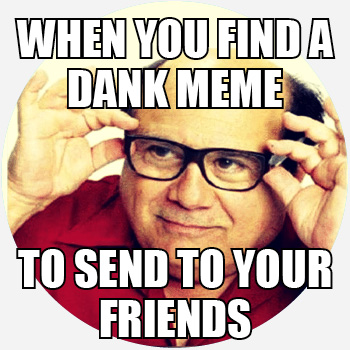Chris Andrews
Notes and Overview for Week 10
Agenda
- compose thyself
- Questions re the Digital project
- Week 3 of Circulation as an Emergent Threshold Concept
Assigned readings can always be found on Blackboard. Addional resources should be there, and if not are accessible through our Library)
Notes and Questions for CWR (Part 3 response chapters)
Your questions and talking points
Y’all created the following questions:
- What was your experience with circulation/rhetoric/writing studies in the undergrad? How did you approach/understand/view the classes then v. now? What value do you see circulation having going forward as a student/researcher/educator/professional?
- How can we make circulation studies more “interdisciplinary”?
- What pedagogical approaches can be taken with circulation studies?
- How can circulation studies transcend rhetoric?
- Have we become more emotional with the rise of technology and circulation? They talk about how the drone camera’s images aren’t as affective as the old Vietnam era on the ground depictions of war. It would seem we’ve become less affected. What do you think?
- Do you think technology and the internet will exhaust itself? Gries and Brooke state that it is “of vital importance to maintain rhetorical focus on human bodies.” Given the vast networks that human bodies are parts of, how do we maintain this focus and ensure that we aren’t over- or under-focusing on some aspects of circulation?
- The final paragraph of the afterword states that we must embrace our “wildness” if we wish to open up circulation studies and discover things that as of yet remain hidden. How exactly does this work?
Big picture (?) questions from The Afterword to Circulation, Writing, and Rhetoric: “The Futurity of Circulation Studies”
- What other things that come to rhetorically matter as they both move and move other entities are worthy of our sustained attention? (p. 324)
- How are publics activated? Exhausted? Constrained? Restrained? (p. 325)
- Whhat cultural practices are emerging and evolving thanks to the advent of digital technologies? How do the analog and digital practices that constitute our culural ways of life interconnecting and transforming our social practices, our institutions, our infrastructures, and our values, beliefs, an didentities? (p.325-326)
- How od ideological values circulate? How do social networks form? how does digital communication unfold? How does writing take place and come to matter? (p. 326)
- How do community voices circulate and become heard? What can we learn about circulation from community engagement? About how to distribute messages quickly and broadly, and about how to slow aor deter circulation? How is circulation limited in accessibility? (p. 327-328)
- How do we interrogate connections between circulation, social constructions, and institutionalized mechanisms such as race? (p. 328)
- How do we integrate circulation studies into our classrooms?
For Next Time: Nov. 9, Memes and circulation
Complete the “memeblog” activity (look in the “blogs” section in Blackboard) before coming to class on Thursday evening. Post memes and browse through other folks’ posts. I’ll have discussion questions and activities for class time inviting us to think about memes as praxis.
Readings for next time:
- Benjamin, 1935 The Work of Art in the Age of Mechanical Reproduction (Trans. 1969)
- Sparby, 20XX. Chapter 1: The Need for an Rhetorical Ethical Memetic Toolkit
- Wetherbee, 2015. Picking Up the Fragments of the 2012 Election: Memes, Topoi, and Political Rhetoric
- Reocmmended, not required: Sparby, “Digital Social Media and Aggression: Memetic Rhetoric in 4chan’s Collective Identity https://www.sciencedirect.com/science/article/pii/S8755461516300810
